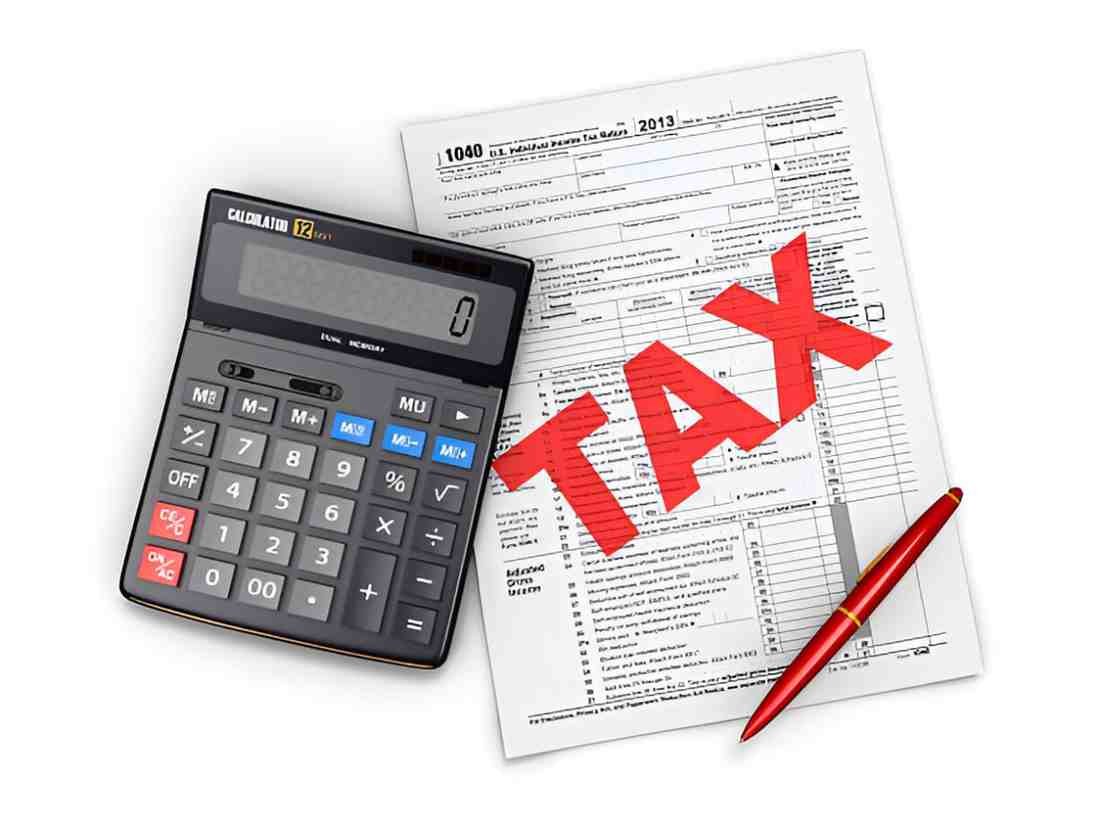As an investor, you’re likely familiar with the concept of unrealized gains. These are the profits you would make if you were to sell an asset, but since you haven’t sold it yet, the profit remains only on paper. This could be a stock that has appreciated in value, or real estate property that has increased in market price. Now, imagine a scenario where the government imposes a 25% tax on these unrealized gains. What would that mean for you as an investor, and how would it impact your financial decisions? In this article, I will take a deep dive into the implications of a tax on unrealized gains, exploring what it is, how it works, and how you might navigate this new reality.
Table of Contents
What Are Unrealized Gains?
Before diving into the specifics of a tax on unrealized gains, let’s first ensure we’re all clear on what unrealized gains are. An unrealized gain refers to the increase in value of an asset that you have not yet sold. If you own a stock that has risen in value from $100 to $150, but you haven’t sold it, you have an unrealized gain of $50. The term “unrealized” simply means that the gain has not yet been locked in by selling the asset. Once you sell it, that gain becomes “realized.”
Why Consider Taxing Unrealized Gains?
The idea of taxing unrealized gains has been a topic of debate in the U.S. for quite some time. Proponents of the tax argue that it’s a way to ensure the wealthiest Americans pay their fair share. Since many high-net-worth individuals hold assets like stocks, real estate, and other investments that appreciate in value over time, taxing unrealized gains could be seen as a way to ensure these individuals contribute to government revenue, even if they don’t sell their assets.
On the other hand, critics of such a tax argue that it could create significant challenges. Unrealized gains are based on market fluctuations, which can be volatile. For example, if you own a stock that rises in value today but falls tomorrow, you could end up paying taxes on gains that you never actually realized.
A 25% Tax on Unrealized Gains: What Would It Look Like?
Let’s assume the government implements a 25% tax on unrealized gains. For the sake of illustration, imagine you own 1,000 shares of a stock. Here’s how it could work:
- Stock purchase price: $100 per share
- Stock current value: $150 per share
- Unrealized gain: $50 per share
- Total unrealized gain: $50 x 1,000 = $50,000
If a 25% tax were applied to your unrealized gains, you’d owe:
- Tax on unrealized gain: 25% x $50,000 = $12,500
So, despite not selling a single share, you would be required to pay $12,500 in taxes. This could be a problem if you don’t have the liquidity to pay this tax, especially if you choose not to sell the asset.
The Implications of a 25% Tax on Unrealized Gains
- Liquidity Issues for Investors
One of the immediate concerns with taxing unrealized gains is the potential liquidity problem for investors. If you are forced to pay taxes on the increase in value of your assets, but you haven’t sold them, you might not have the cash on hand to cover the tax liability. This could lead to situations where investors are forced to sell parts of their portfolio to cover the tax, even if they have no intention of selling their investments.
- Impact on Long-Term Investors
For long-term investors who prefer to hold their assets and wait for them to appreciate over time, a tax on unrealized gains could be a significant burden. Historically, long-term investors benefit from capital gains tax rates that are lower than ordinary income tax rates. However, a 25% tax on unrealized gains could undermine the strategy of holding assets for the long term.
- Volatility Concerns
Another downside to taxing unrealized gains is the impact it could have on market volatility. Asset prices can fluctuate greatly, and forcing investors to pay taxes on unrealized gains based on a given point in time could create more volatility in the market. For instance, if the market takes a downturn, investors may face a situation where they’ve already paid taxes on gains that no longer exist.
How Would a 25% Tax on Unrealized Gains Be Implemented?
The mechanics of how a 25% tax on unrealized gains would work are still largely theoretical, as no such tax currently exists in the U.S. However, some ideas have been floated in the past. Here are a few ways it could be implemented:
- Annual Valuation
One possibility is that the government could require taxpayers to annually report the value of their assets and pay taxes on any increase in value, even if the assets have not been sold. This would mean that, on a yearly basis, you would have to calculate the unrealized gains for all of your assets, including stocks, bonds, real estate, and more.
- Tax Deferrals or Exemptions
To ease the burden, lawmakers might offer some form of tax deferral, allowing individuals to defer paying taxes on unrealized gains until they actually sell the asset. Alternatively, exemptions could be put in place for certain types of assets, such as retirement accounts, to protect those savings.
- Thresholds and Adjustments for Inflation
Given the volatility of asset prices, the government could set thresholds for when taxes are applied to unrealized gains. For instance, assets below a certain value or assets that have increased in value by less than a set percentage might be exempt. Inflation adjustments could also be applied, ensuring that the tax does not penalize investors for nominal increases in value that are simply due to inflation.
Examples and Calculations
Let’s explore a few examples to help illustrate how a 25% tax on unrealized gains might impact different types of investors.
Example 1: Stock Market Investor
- Stock purchase price: $200 per share
- Stock current value: $300 per share
- Unrealized gain: $100 per share
- Total unrealized gain: $100 x 500 shares = $50,000
- Tax on unrealized gain: 25% x $50,000 = $12,500
In this case, the investor would owe $12,500 in taxes on their unrealized gains, despite not having sold any of the shares.
Example 2: Real Estate Investor
- Property purchase price: $500,000
- Property current value: $750,000
- Unrealized gain: $250,000
- Tax on unrealized gain: 25% x $250,000 = $62,500
Here, the real estate investor faces a tax bill of $62,500 on their unrealized gain in property value, even though they haven’t sold the property.
Comparison: Unrealized Gains Tax vs. Realized Gains Tax
| Feature | Unrealized Gains Tax | Realized Gains Tax |
|---|---|---|
| Tax applied to | Increase in asset value | Actual sale of asset |
| Payment timing | Annual or periodic | Upon sale of asset |
| Tax rate | Fixed (e.g., 25%) | Varies (short-term vs. long-term) |
| Liquidity requirements | May require selling assets to pay tax | Paid only when assets are sold |
| Volatility | Higher due to market fluctuations | Tied to realized gains |
Potential Alternatives to Taxing Unrealized Gains
Given the concerns over liquidity and market volatility, lawmakers could explore other ways to ensure the wealthy pay taxes on their assets without creating undue burdens. Some potential alternatives include:
- Wealth Taxes: Rather than taxing unrealized gains, a wealth tax could be applied to the total value of an individual’s assets. This could provide a more stable and predictable way of taxing the wealthy without depending on volatile market movements.
- Capital Gains Taxes: Increasing capital gains taxes on realized gains could be another approach. While this wouldn’t tax unrealized gains directly, it would still increase the tax burden on the wealthiest individuals when they sell their assets.
Conclusion
A 25% tax on unrealized gains would be a significant shift in how investments are taxed in the United States. While it could help ensure that the wealthiest Americans pay their fair share, it also presents significant challenges, particularly for long-term investors who prefer to hold assets rather than sell them. As with any new tax policy, it’s important to weigh the pros and cons carefully. Whether such a tax will be implemented remains to be seen, but it’s clear that it would have wide-reaching implications for investors, both large and small.





